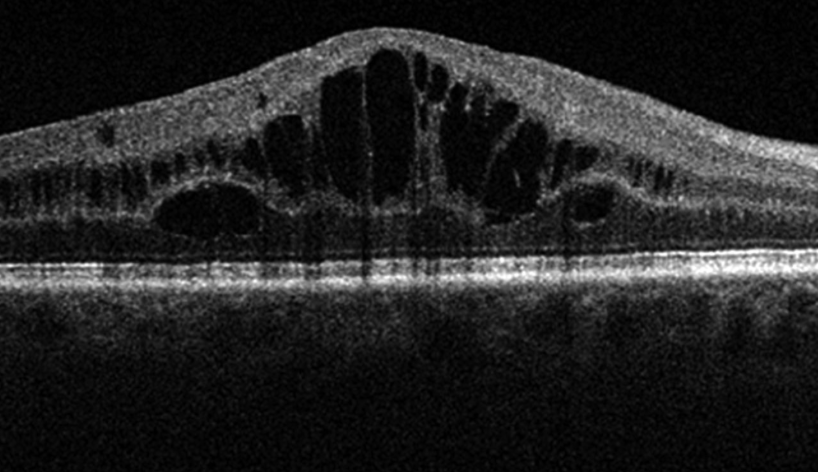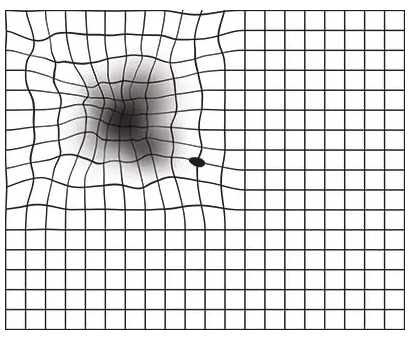
Diabetic Macular Edema: When Blurry Vision Comes Knocking!
Hey there! We all know how precious clear vision is, right? It helps us see the world around us with all its beautiful details. But
The team at Envision Ophthalmology & Wellness believes healthy vision starts with a healthy body. As an ophthalmologist and lifestyle medicine specialist, Dr. E. Shanika Esparaz works with each patient to develop smart habits that can easily be put into action to help prevent vision loss. From delicious recipes and self-care resources to exercise plans and eyecare tips, she shares many of her recommendations right here on her blog.

Hey there! We all know how precious clear vision is, right? It helps us see the world around us with all its beautiful details. But

Introduction: Today, we have an important topic to discuss that directly impacts individuals living with diabetes: the significance of a diabetic eye exam. Join us

What is the best food to start your day off and protect your retina? Berries! There are studies suggesting that blueberries may be beneficial for

Flashes and floaters are both signs of the change in the gel (called vitreous) in the back of your eye. “Flashes” of light can occur

Macular degeneration is a common eye condition that typically affects patients over the age of 50. Risk factors for macular degeneration include: It is important

Dry macular degeneration is a chronic eye condition that typically affects patients 60 years and older. It causes gradual deterioration of the macula, the central

Listen in as Dr. Esparaz shows a case of injections improving this patient’s diabetic eye disease and vision. This patient could barely drive and now

In a typical insurance-based practice, retina specialist see about 40-60 patients a day. Yes, that’s right, 40-60 patients. You are 1 of 60 patients. A

Is there a way to monitor your vision at home? The answer is: Yes! At your dilated eye exam we will go over in detail

When a patient hears, “You have macular degeneration”, for the first time, many thoughts run through their head. That is where having a trusted retinal